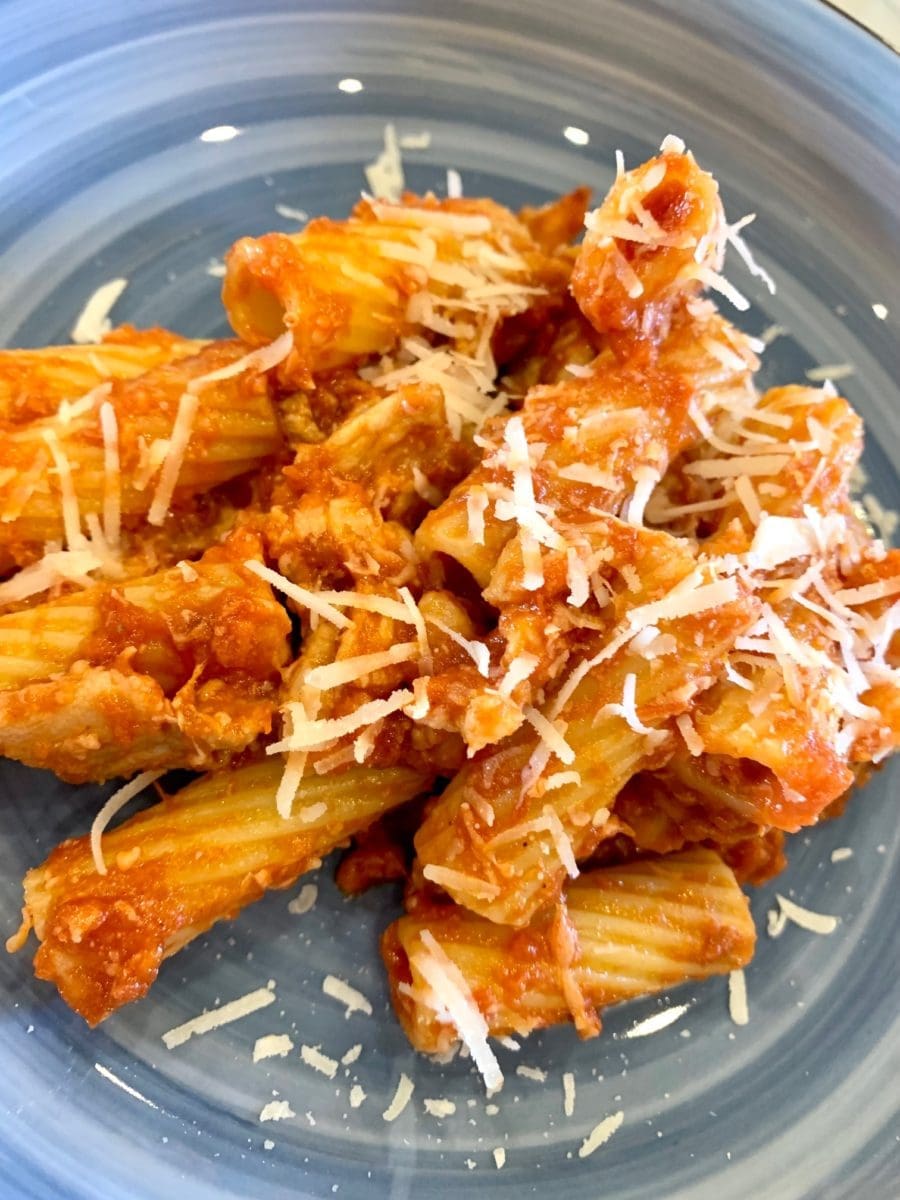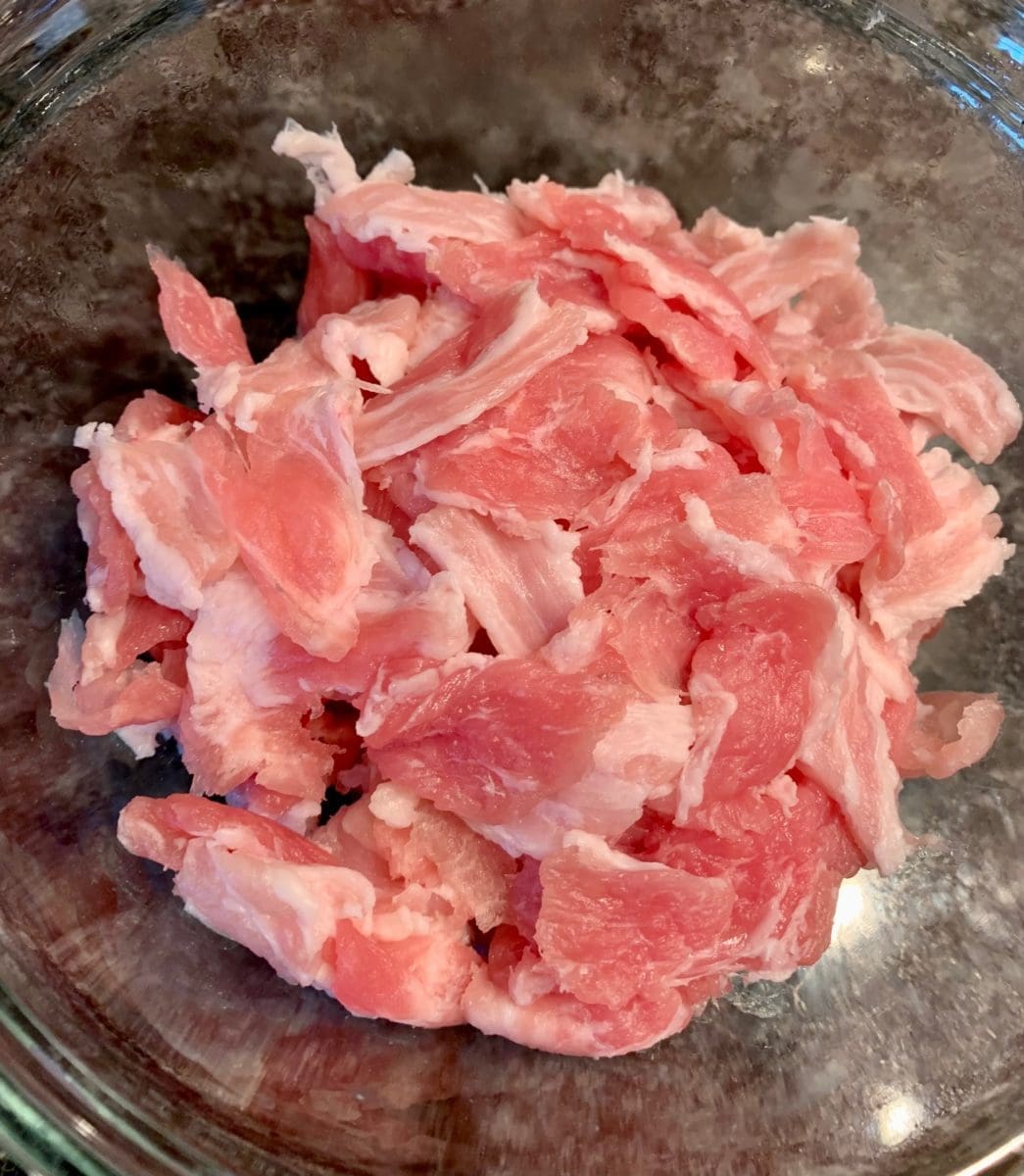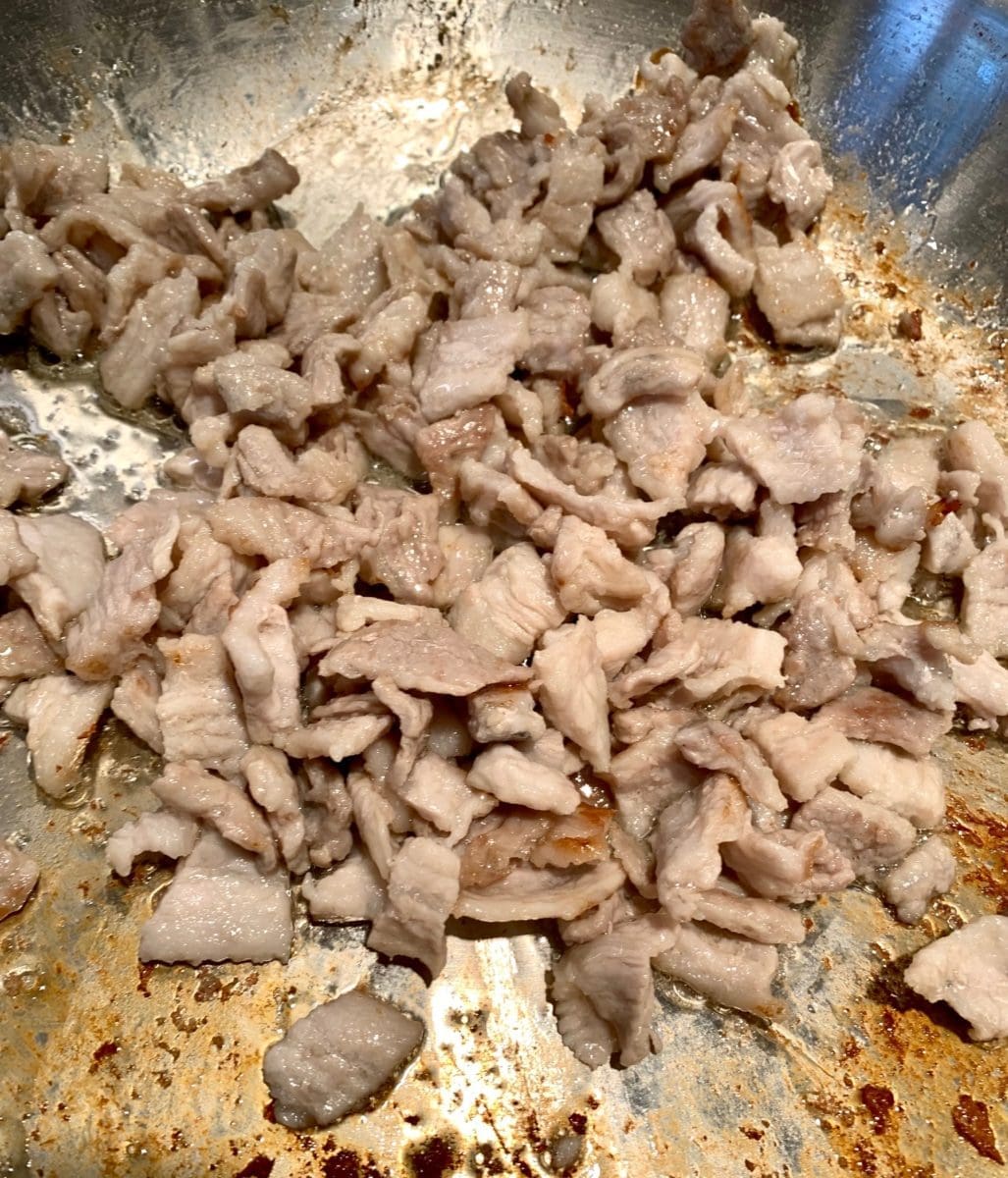
Pork Belly Rigatoni: A Southern Salute to all’Amatriciana
This dish is my heartfelt Southern homage to the Roman classic, bucatini all’Amatriciana—a culinary tribute born of necessity and inspired by the beloved Ristorante Armando al Pantheon in Rome, is a centuries-old creation from the mountain town of Amatrice. Traditionally made with guanciale (cured pork cheek) and bucatini (thick, hollow spaghetti), it’s one of the four sacred pasta dishes of Italian cuisine, alongside carbonara, gricia, and cacio e pepe.
But in my corner of the world, guanciale and bucatini are rare treasures. So, in true Southern spirit, we cook with what we’ve got—and what we’ve got is pork belly and rigatoni.
Pork Belly Meets Rome Via the South
While rigatoni lacks the tubular elegance of bucatini, I find its wide, ridged shape cradles the sauce beautifully, turning every bite into a rich, savory indulgence. Where some Italians traditionally use a splash of white wine to brighten the sauce, otherss reach for red, especially when after a deeper, bolder flavor.
The most striking shift from the classic is the pork itself. Guanciale, with its tender, creamy fat, melts effortlessly into the sauce, lending a luxurious mouthfeel. Pork belly, though slightly firmer, brings its own charm: rich, meaty, and decadently fatty. Given a little patience in the pan, pork belly renders enough golden fat to build that same silky base so essential to the soul of the dish.
Tradition Meets Adaptation
Pork Belly Rigatoni is not a replica—it’s a respectful reinterpretation. It honors the Italian original while embracing Southern ingenuity. And like any great comfort food, it invites personalization. Tweak the wine, switch the pasta, add a little heat or a dash of something sweet. Let your taste and your pantry guide you.
It’s pasta with a passport and a drawl—full of soul, steeped in flavor, and just as at home on a Roman trattoria table as it is at your own.
Enjoy, Y’all!
Pork Belly Rigatoni Step By Step



Saute the pork belly pieces in the olive oil over medium heat until they render their fat and begin to crisp. Do not overcook because you want the pork to remain tender. Pour in the wine and simmer the pork for 1 minute, then remove the pork with a slotted spoon and set aside. Leave the fat in the pan.

Add the crushed tomatoes and tomato paste to the wine/fat mixture, simmer on low and stir until the sauce combines and begins to thicken – about 10 minutes. Season with salt and pepper to taste.
Drain the rigatoni, reserve some pasta water to thin the sauce if necessary, then add the rigatoni and the pork to the sauce. Stir to combine and coat the pasta, then stir in the grated pecorino romano.
Serve with a light cheese garnish and a glass of the remaining white wine.
Pork Belly Rigatoni
Pork belly rigatoni is a Southern interpretation of the Italian all’Amatriciana!
- Yield: 4 1x
Ingredients
- 8 oz rigatoni
- 1 TBL olive oil
- 8–10 oz pork belly – trimmed, sliced thinley, flattened to paper thin with a meat mallet, sliced into 1/2” pieces
- 1/3 cup Italian dry white wine
- 1–1/3 cup crushed marzano tomatoes
- 1 TBL tomato paste
- 1/2 cup pecorino romano cheese – grated
- Ground white pepper – to taste
- Salt – to taste
- 2 oz pecorino romano cheese – shredded or shaved for garnish
Instructions
- Boil your rigatoni while making the sauce in a generously salted pot of water, but stop 1 minute before the providers recommended time
- Saute the pork belly pieces in the olive oil over medium heat until they render their fat and begin to crisp. Do not overcook because you want the pork to remain tender
- Pour in the wine and simmer the pork for 1 minute, then remove the pork with a slotted spoon and set aside. Leave the fat in the pan
- Add the crushed tomatoes and tomato paste to the wine/fat mixture, simmer on low and stir until the sauce combines and begins to thicken – about 10 minutes
- Season the sauce with salt and pepper to taste
- Reserve some pasta water in case you need to thin the sauce
- Drain the rigatoni then add it and the pork to the sauce. Stir to combine and coat the pasta, then stir in the grated pecorino romano
- Serve with a light cheese garnish and a glass of the remaining white wine

